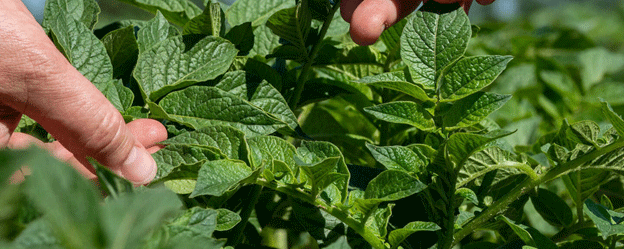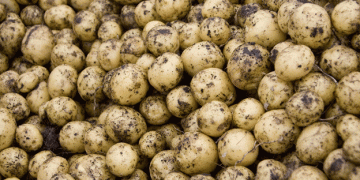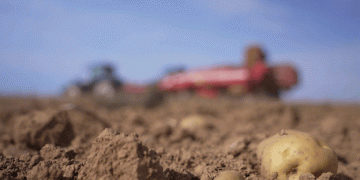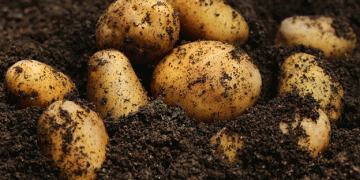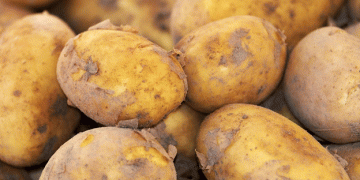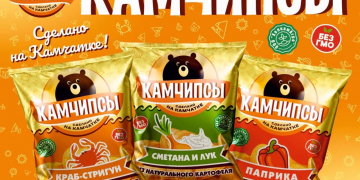In the heart of northern Europe’s potato belt, a quiet agricultural innovation is taking root—literally. Across several German regions, farmers are sowing oats around their seed potato fields, not for harvest, but as part of a carefully planned integrated pest management (IPM) strategy. What may look like a simple crop border is actually a sophisticated biological defense system designed to reduce virus transmission by aphids.
Why Protect Seed Potatoes So Carefully?
Unlike many other crops, potatoes are propagated vegetatively—meaning farmers plant daughter tubers (clones) from the previous season, not true seeds. This makes seed potatoes particularly vulnerable to viral accumulation. If a tuber becomes infected, it can transmit the disease to every plant in the next generation.
According to EuroBlight and the European Seed Potato Health Scheme, viral diseases—such as Potato virus Y (PVY) and Potato leafroll virus (PLRV)—remain a top concern for seed potato producers. These viruses are primarily spread by aphids, small sap-sucking insects that act as vectors.
Oats as a Living Virus Trap
Agricultural influencer Freya Fliege recently explained on Instagram that oats are being used as “decoy plants” or virus sinks. Here’s how it works:
- Oats are planted in strips around the potato field.
- As aphids fly toward the potato crop, they encounter the oat barrier first.
- They settle and begin feeding on the oats, releasing viruses they may carry.
- By the time they move on to the potatoes, the risk of viral transmission is significantly reduced.
This method functions similarly to push-pull strategies used in maize and sorghum farming in Africa, where certain plants deter pests while others attract and trap them.
Scientific Backing and Global Parallels
The concept of non-host plant buffering has been well-documented. A 2020 study in the journal Crop Protection confirmed that cereal borders can reduce virus incidence in seed potatoes by up to 60%, depending on aphid pressure and environmental conditions.
Moreover, this method is:
- Chemical-free, reducing pesticide dependency.
- Cost-effective, as oats are inexpensive and easy to grow.
- Soil-friendly, as oats contribute organic matter and reduce erosion.
Countries like the Netherlands and the UK have also trialed similar “green border” techniques for virus mitigation in seed potato production, showing promising results in both small and commercial-scale fields.
An Integrated Strategy
Planting oat borders is not a silver bullet. German farmers continue to use a combination of:
- Crop rotation
- Resistant varieties
- Certified seed material
- Targeted pesticide applications
- Monitoring of aphid populations
The addition of oats represents a biological buffer—a layer of defense that aligns with EU goals to reduce chemical pesticide use by 50% by 2030, as outlined in the Farm to Fork strategy.
What might look like a strip of grain at the edge of a potato field is, in fact, a frontline of defense in the battle against viral disease. By sowing oats as living barriers, German farmers are demonstrating how smart, low-impact solutions can safeguard seed potato health and ensure crop viability for future generations. For agronomists, agricultural engineers, and farm managers alike, this approach offers a valuable tool in the expanding toolbox of sustainable crop protection.
